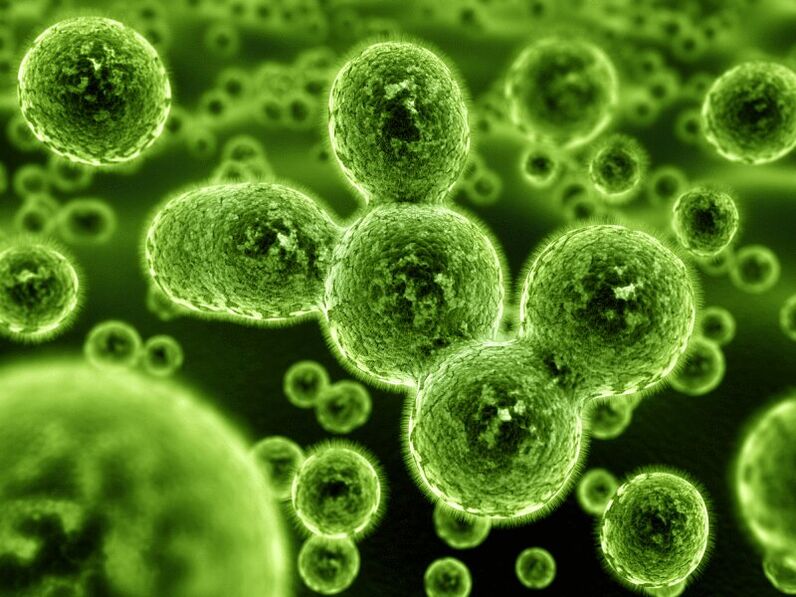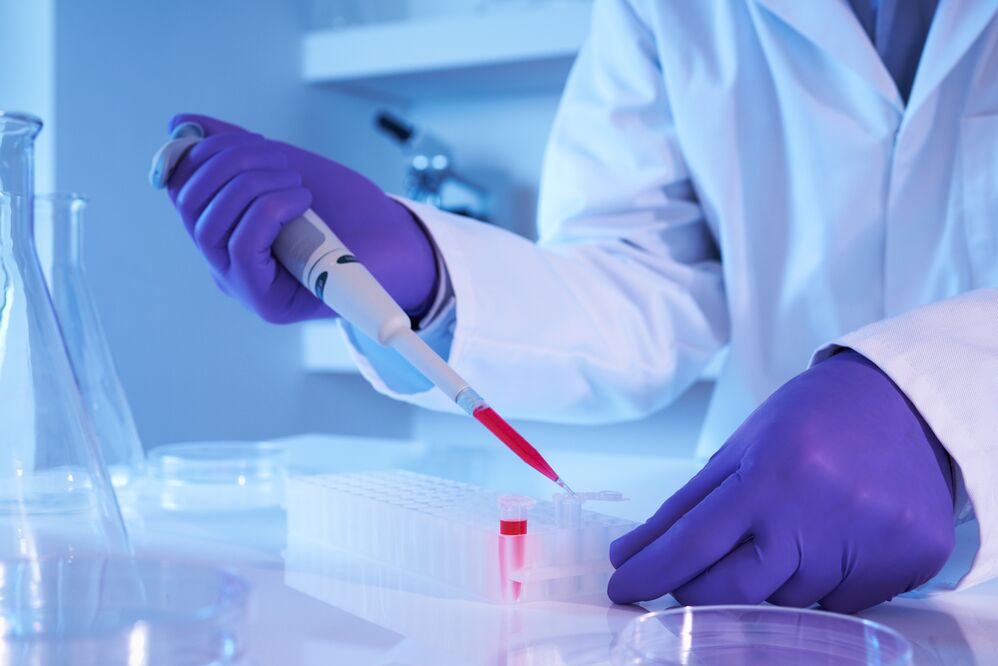
Chronic bacterial prostatitis is one of the most common types of diseases. This disease is characterized by its high frequency of manifestations, if not treated in time, it will cause various diseases-sexual dysfunction, and promote the development of prostate hyperplasia. But what is the causative agent of this disease? What are the consequences if it is not treated? Let us take a closer look at these issues.
What is bacterial prostatitis?
Chronic bacterial prostatitis occurs in 15-20% of all people with underlying diseases. This disease is a typical disease of middle-aged men, because they still have a normal sex life, and the possibility of harmful bacteria entering their bodies is quite high. Harmful microorganisms suffering from this type of prostatitis directly enter the prostate area, where they actively multiply and destroy the activities of organs that are very important for men.
At the same time, inflammation can not only be promoted by the bacteria itself, but also by their metabolites.
Unlike other subspecies of the disease, the symptoms of bacterial chronic prostatitis are more pronounced. Microbes can not only spread inside the glands, but can also surpass the glands and destroy the function of the bladder and other nearby organs.
Cause
The main pathogen of bacterial chronic prostatitis is bacteria that can enter the human body during sexual intercourse and from the environment. Among pathogenic microorganisms, the following points should be noted:
- Chlamydia;
- Streptococcus
- staphylococcus;
- Klebsiella;
- Pseudomonas aeruginosa;
- Trichomonas
- Neisseria gonorrhoeae
- Enterobacteriaceae;
- Escherichia coli.

The most common pathogen of the disease is Escherichia coli, because it is present in 80% of patients with prostatitis.
Individual factors and diseases can also aggravate the course of the disease and induce its development. Men with the following conditions are very likely to develop chronic prostatitis:
- Lead an inactive lifestyle;
- Suffering from pyelonephritis or cystitis;
- Weak immunity;
- Consumption of alcoholic beverages and tobacco products;
- Often too cold
- Easy to be stressed
- Suffer from constipation;
- Have an ugly sex life;
- Frequent contact with the source of direct infection;
- Have hormonal imbalance;
- There is no normal close life.

It is worth noting that chronic prostatitis usually precedes its acute form, so patients have some time to prevent the development of the disease. The reason for the permanent form is that bacteria spread to the whole body through the body's circulatory system, lymphatic system and other systems. Once the immune system is weakened, such as during a cold, the prostate will become inflamed, causing discomfort and many other consequences.
symptom
The main symptoms of chronic bacterial prostatitis are similar to other types. Patients may experience:
- Pain in the lower abdomen;
- The inflammatory process is accompanied by an increase in body temperature;
- Observed muscle fatigue and general weakness;
- Urination may be accompanied by pain;
- Pain in the anus and rectum.
It is worth noting that the symptoms of chronic prostatitis are less pronounced compared with the acute form. As the condition worsens, blood particles can be observed in the urine, and the pain syndrome increases significantly.

If you do not pay attention to this symptom and do not seek medical attention in time, the possibility of the following complications is quite high:
- The development of purulent processes in the genitourinary system;
- Prostate adenoma;
- Urine outflow problems;
- Stone-like prostatitis;
- Infertility
- Sexual dysfunction.
Similar complications may occur if you prescribe the wrong medicine or self-administer the medicine without first consulting a doctor.
Disease diagnosis
The diagnosis of chronic bacterial prostatitis can be based on:
- General blood test-helps to determine the white blood cell formula to move to the left, which indicates the course of the inflammatory process in the body;
- Routine urinalysis-will determine the increase in the content of white blood cells and red blood cells, which are produced to fight harmful microorganisms;
- Three cups of urine samples-this analysis is similar to the usual analysis, only the changes in the three cups of urine samples will be more obvious;
- Prostate secretion analysis-in the presence of bacterial prostatitis, specific protein fragments will appear in the secret;
- Uroflowmetry-Observe the patient to determine the daily urine output, usually performed by the patient in a hospital environment, and report the calculation result to the attending doctor.

The diagnosis method is directly determined by the expert. The diagnosis cannot be made based on classic inspections and interviews.
Approach
In the treatment of bacterial prostatitis, a course of treatment is prescribed, which includes:
- Antibacterial drugs, the length of hospital stay varies from 1. 5 to 2 weeks;
- Non-steroidal anti-inflammatory drugs-help relieve inflammation and relieve pain in patients;
- Muscle relaxants-used for severe pain that does not allow the patient to empty the bladder. They can relax the bladder wall.
An optional symptom of bacterial prostatitis is the depressive state of the patient taking antidepressants. This helps reduce stress levels throughout the body and reduces the production of hormones that may negatively affect the course of the disease.
In addition, for chronic bacterial prostatitis, physiotherapy courses are usually offered, which may include one or more procedures:
- Electrophoresis-the introduction of special drugs under the influence of special frequency voltage;
- Ultrasound-activate tissue regeneration process, eliminate inflammation, prevent scar formation and normalize metabolism;
- Magnetic therapy-aimed at normalizing the blood circulation process;
- Electrical stimulation of smooth muscle-to get rid of congestion and improve the movement of secretions;
- Laser therapy-normalizes the function of the prostate.
In some cases, prostate massage can also be used as a preventive measure to help eliminate pain and improve organ activity.
In recent years, chronic bacterial prostatitis has been observed more and more frequently in patients. This is primarily due to the increase in registered cases of venereal diseases, especially chlamydia and candidiasis. This disease can occur regardless of age, although it most often attacks weaker, middle-aged creatures.

























